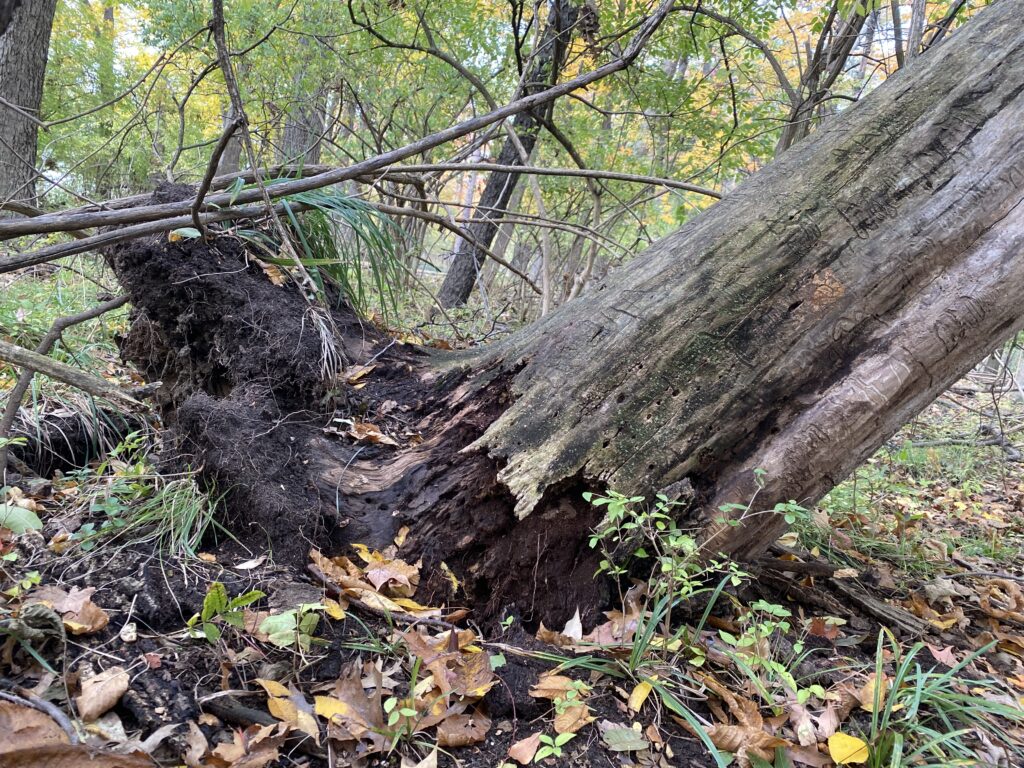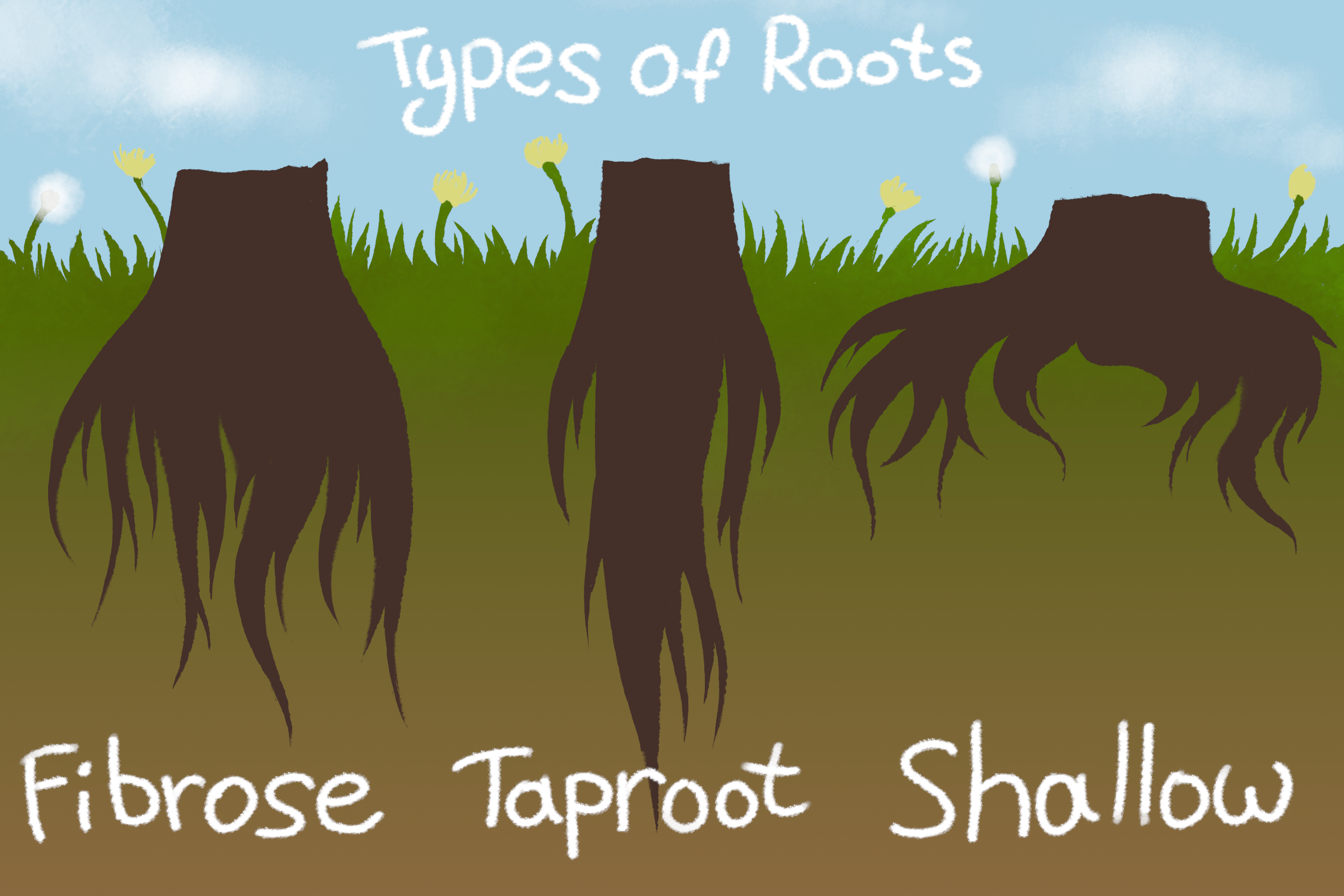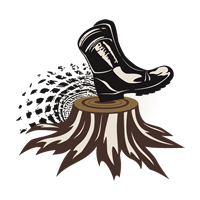Uprooting. Find out the pros and cons.

Uprooting stumps.

maple, linden, alder, apple tree, birch, chestnut
oak, pear, elm, pine, ash
Japanese scarlet, red oak, spruce, silver maple, thuja, Amur cork tree
After this method, the place looks something like this: an impressive size hole and no stump, earth is scattered around. Often root cuttings remain in the ground. It is almost impossible to completely uproot a stump.
You can uproot the stump with your own hands. You will need tools: a bayonet shovel, an ax, a hose with water pressure, a winch with a minimum capacity of 3 tons. The root system of a tree is designed to resist uprooting as effectively as possible, so it is impossible to uproot a stump alone; you will need a strong assistant. If you know what type of tree it was, then the structure of its root system will tell you the most effective method. For stumps with a core system, you will need to use a shovel to expose the upper roots, throwing the soil away. At a distance of about 1.5-2 meters, dig a deep ditch and wash away the soil stuck between the roots into it. Tie the stump and roots with a cable and, swinging, pull out the central root with a winch. If the root system of the tree is superficial, then it will not be possible to expose the roots. It will be necessary to chop off the thickest rhizomes and after that the stump will succumb to uprooting. The roots will remain in the ground.

